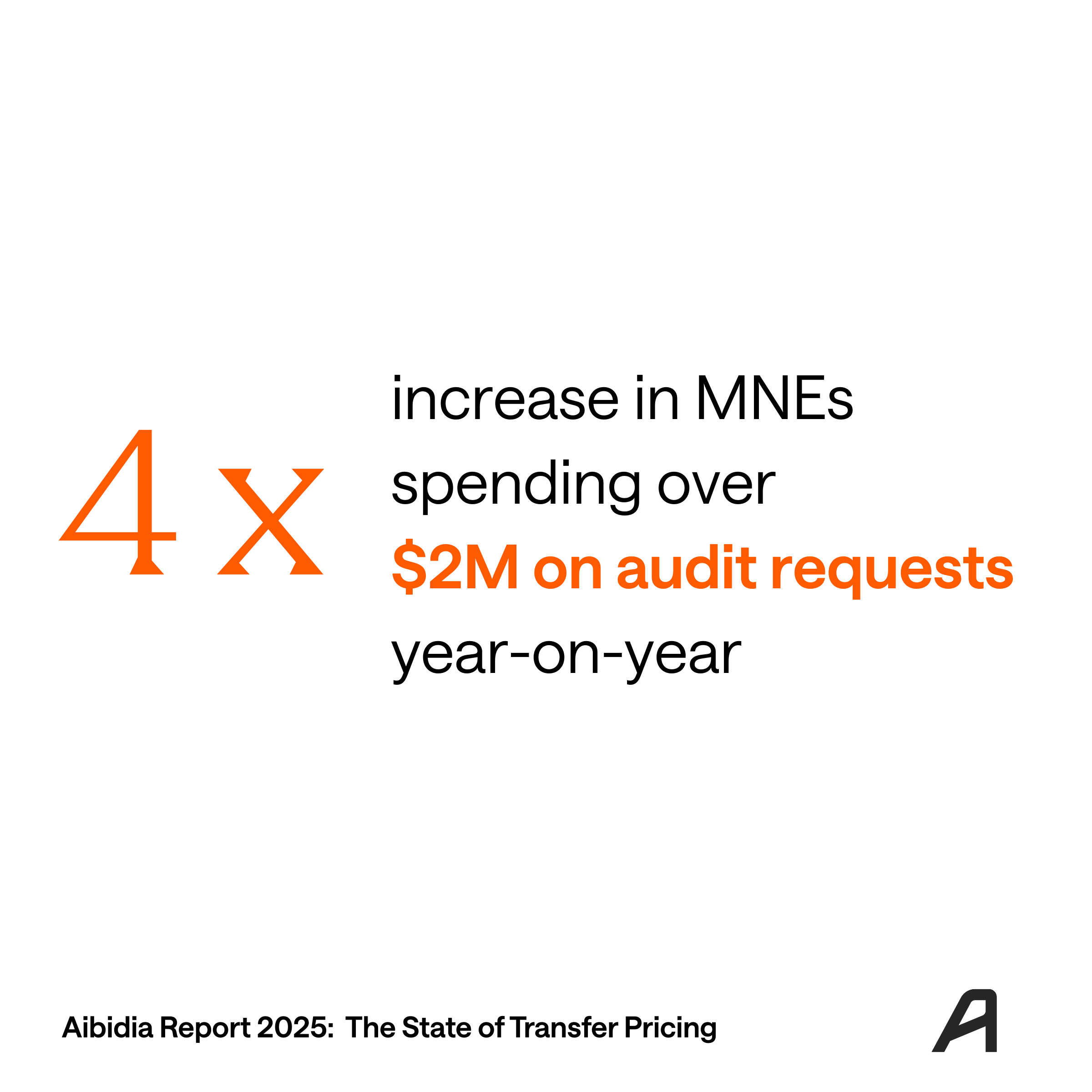
Our recent webinar, "Wrapping up 2023: Transfer Pricing Trends and Key Takeaways," featured a panel of experts who discussed these changes and what they mean for the future.
Along with reviewing the past year, the webinar provided valuable strategies for future transfer pricing challenges, thanks to the expertise of Viktorija Mackute (Trivium Packaging), Erik Knijnenburg (H&M), John Willows (Mott MacDonald), and Borys Ulanenko (ArmsLength AI/Aibidia).
To watch the full webinar, click here.
Some of the key trends discussed include the impact of OECD pillars on transfer pricing, the role of generative AI in transfer pricing, and expectations for 2024. Read on to find out more about each one.
I. OECD Pillars and their impact on transfer pricing
With Pillar One's slow progress, businesses should be prepared for the upcoming changes in international tax. However, Pillar One has a limited scope and its near-term enactment in the near future is low.
Pillar Two, on the other side, is gaining momentum. It’s a move towards standardized tax practices, prompting companies to reconsider their transfer pricing strategies.
The deviation from the arm's length principle in Pillar One's Amount A and Amount B means companies should consider how these new methods could disrupt their transfer pricing policies and documentation. We may expect more safe harbor models in the future, following the pattern of low value-adding services provisions.
Navigating the complexities of Pillar Two might require businesses to invest in specialized expertise, collaborate with external consultants, or adopt new technology to ensure compliance. Advisory firms have a privileged position here because of their broader industry overview.
In response to increased scrutiny from tax authorities, companies should also proactively assess their transfer pricing risk management and prepare to defend their positions in potential audits or disputes.
II. Generative AI and its role in transfer pricing
Large language models (LLMs) can enhance transfer pricing narratives, speeding up creation and improving readability for tax authorities, which could lessen disputes.
AI tools can automate benchmark searches and streamline transfer pricing documentation, saving time and resources for both in-house teams and external consultants.
Companies can use AI to optimize their internal processes, such as data collection and analysis, enabling them to respond more efficiently to information requests from tax authorities and effectively manage their transfer pricing risks.
As the use of AI continues to grow, it is crucial to train transfer pricing professionals in these technologies to maintain a competitive edge. Companies should also be mindful of potential ethical and data privacy concerns. They should implement proper safeguards and protocols to protect sensitive information.
At the same time, with Pillar Two and other developments (referred to as "Brazilianization"), there is a possibility that narratives will become less relevant in transfer pricing, thus reducing the usefulness of LLMs for our profession.
III. Transfer pricing specialization
The growing trend of specialization in transfer pricing highlights the field's increasing complexity and the need for companies to develop know-how in specific areas.
In-house transfer pricing pros broaden their skill sets to cover specialized areas, like financial transactions, IP transactions, and operational transfer pricing.
Companies should actively seek external specialized advice for complex transfer pricing issues, like business restructuring, IP transfers, or industry-specific challenges. It’s difficult to have a nuanced expertise for every relevant area in-house.
At the same time, in-house transfer pricing teams already have a unique skill set focused on building processes, internal connections and communication, and end-to-end process management.
Teaming up between transfer pricing teams and other departments, like finance and group reporting functions, is crucial for effective transfer pricing management and compliance, and it will become even more important in light of Pillar Two.
IV. Expectations for 2024
As tax authorities ramp up their scrutiny, companies should invest in strengthening their transfer pricing documentation and risk management processes, ensuring they're well-prepared to stand their ground in potential disputes. We may see more disputes than ever in light of post-COVID tax revenue needs and greater capabilities of tax authorities.
A greater focus on data and AI in tax processes will increase the demand for robust data systems and advanced analytical capabilities, enabling companies to effectively manage their transfer pricing risks and compliance obligations.
The potential for further integration of transfer pricing and financial reporting functions may push companies to rethink their internal processes and organizational structures.
Companies should prepare for potential changes in the field, such as the potential phase-out of transfer pricing in favor of formulary apportionment, by staying informed about legislative developments and assessing their impact on business models and strategies..
Transfer pricing professionals should proactively diversify their roles and skillsets to adapt to the evolving landscape. This can be achieved by developing expertise in new areas, embracing AI and other technologies, and seeking opportunities for cross-functional collaboration.
We want to thank Viktorija Mackute, Erik Knijnenburg, and John Willows for their expert insights. We’re excited to see what 2024 and hope to continue exploring these changes together.
To watch the full webinar, click here.







.png)

.png)

.png)
.png)






.svg)
